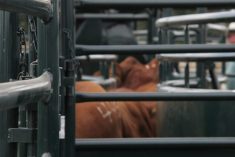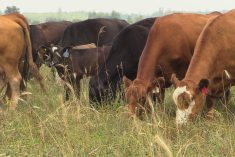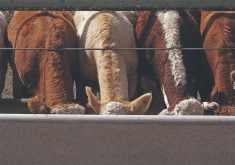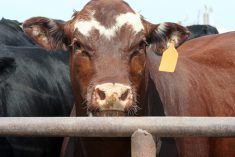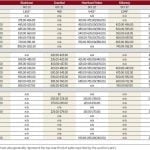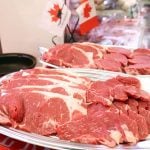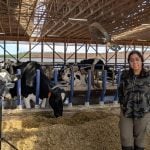Dec. 21 — The western Canadian feeder cattle market has stabilized after a week of harsh weather. Year-end income management, along with lower numbers coming on the market, resulted in a slightly higher price structure.
The U.S. feeder market was steady to $3 higher, but this had a limited effect on the weekly export pace. December Canadian feeder cattle exports will be under 10,000 head, compared to 25,808 head in the year-earlier period. November feeder cattle placements in Alberta and Saskatchewan were up one per cent in comparison to November 2008. U.S. placements were down a whopping eight per cent from last year.
Read Also
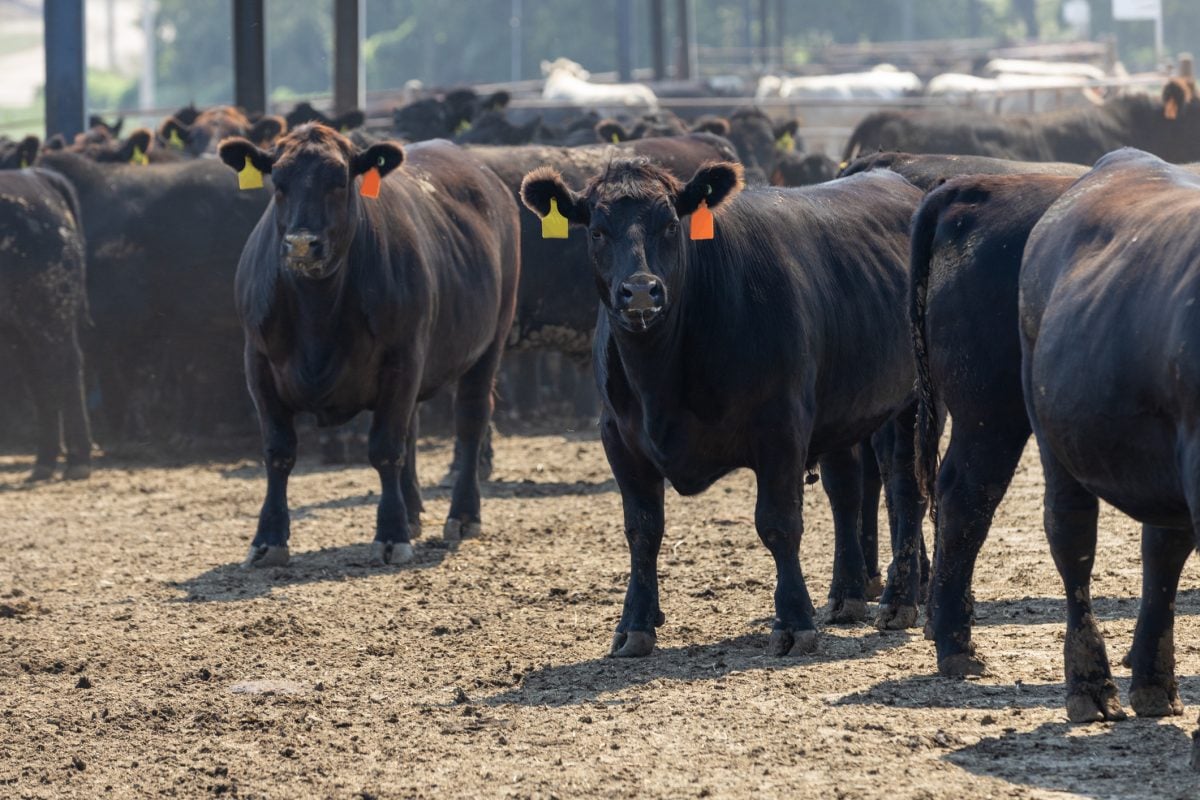
U.S. livestock: Cattle regain ground, hogs dip
Chicago cattle futures regained ground on Wednesday after falling off a cliff late last week. Most-active December live cattle contracts…
After a four-month period of higher feedlot placements, we are now starting to realize the effects of the smaller calf crop. U.S. placements should be down in December through February of 2010.
I still feel the Canadian feeder cattle market is functioning to encourage demand, especially with the slow export pace. The U.S. dollar is showing signs of bottoming, which should limit the upside in the Canadian dollar. The rally in the Canadian dollar appears to have come to an end for the time being.
Fed steers in Alberta were trading in the range of $74 to $76 last week. The North American economy experienced a sharp drop in consumer incomes during 2009, which is the largest factor influencing beef demand. Weaker beef prices, softer fed cattle values and poor feedlot margins will continue to set a negative tone.
It will be difficult to forecast higher feeder cattle prices until the fed market turns around. The U.S. Department of Agriculture’s final crop report in January could cause larger volatility in the feedgrain complex. Higher feedgrain prices would also weigh on the feeder cattle market.
— Jerry Klassen is a commodity market analyst in Winnipeg and maintains an interest in the family feedlot in southern Alberta. He can be reached by email at [email protected] for questions or comments.
The material contained herein is for information purposes only and is not to be construed as an offer for the sale or purchase of securities, options and/or futures or futures options contracts. While the information in this publication cannot be guaranteed, it was obtained from sources believed to be reliable. The risk of loss in futures trading can be substantial. The article is an opinion only and may not be accurate about market direction in the future. Do not use this information to make purchasing or selling decisions. Each individual should do their own research on market conditions.





